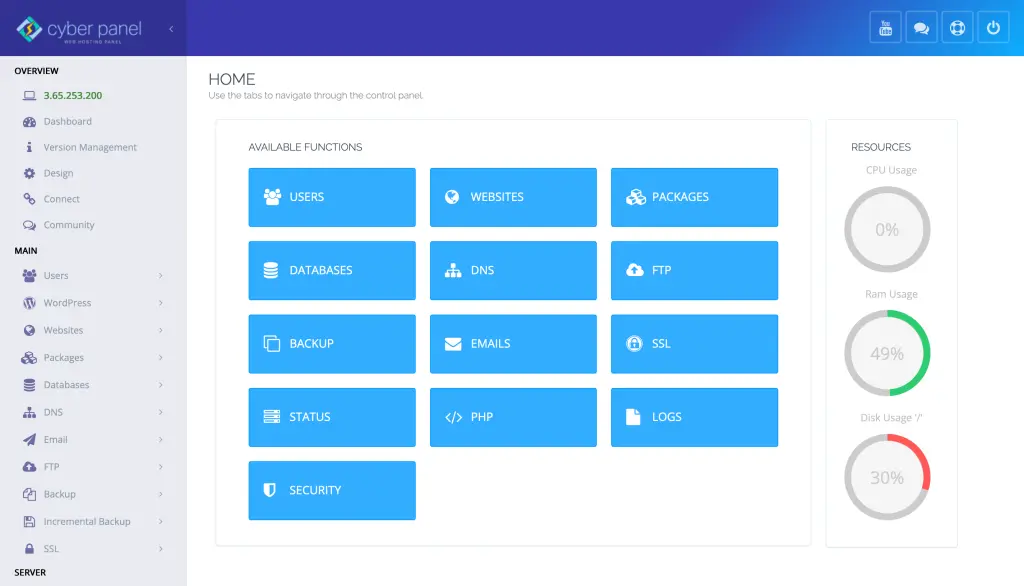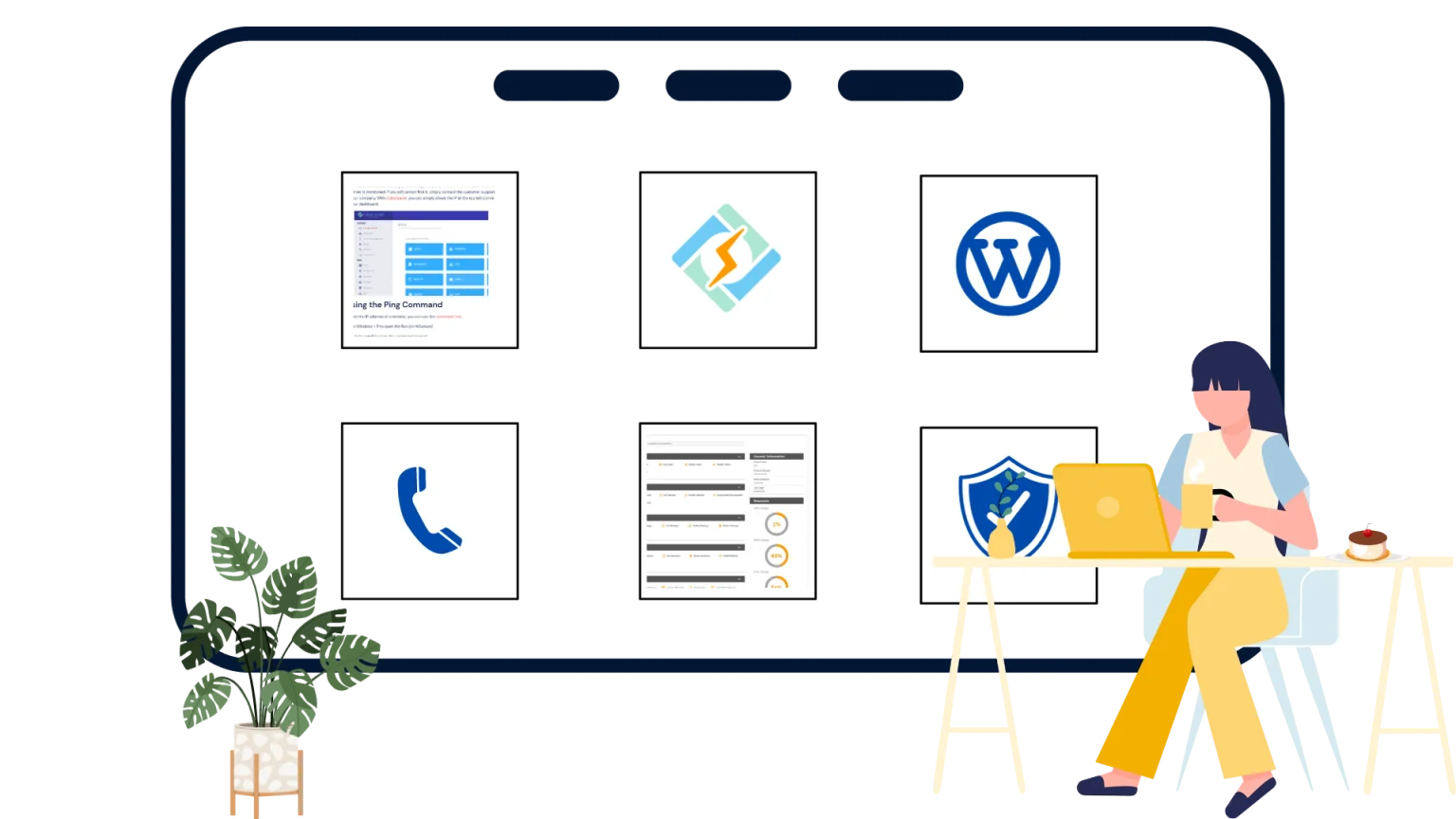Security needs to be an integral part of the entire development lifecycle, and we cannot do this in the contemporary software development context afterward. Common security practices create exploits late in the life cycle of the software, which can be expensive and time-consuming to remediate. That is where Shift Left Security comes in.
Shift Left Security means focusing on security earlier in the software development lifecycle (SDLC). Security is integrated from the initial phases of coding and testing rather than fixing vulnerabilities at the end of the development or during deployment. By catching security risks early on, DevSecOps teams can implement proper fixes before significant issues arise, helping to ensure that security breaches and compliance problems are less likely to occur.
What Is Shift Left Security?
Shift Left Security is a methodology aligned with DevSecOps, which seeks to make security an integral part of the software development lifecycle. This can be accomplished by applying automated security testing, secure coding practices, and continuous monitoring to reduce vulnerabilities. The key principles include:
- Threat Detection in Early Phase: Identifying security flaws in the initial coding phases.
- Automated Security Testing: Security scanning tools integrated with CI/CD pipelines.
- Developer-Focused Security: Educating developers about security best practices.
- Continuous Monitoring: Maintaining proactive security throughout the SDLC cycle.
Shifting Security Left with Shift Left Security
Dev Sec Ops — The Security Integrated in CI/CD Pipeline
Implement tools for SAST (Static Application Security Testing) and DAST (Dynamic Application Security Testing). Automation of security testing in CI/CD pipelines. CI/CD autoscaling with a Jenkins example of security integration
pipeline {
agent any
stages {
stage('Checkout') {
steps {
git 'https://github.com/example/repo.git'
}
}
stage('Build') {
steps {
sh 'mvn clean package'
}
}
stage('Security Scan') {
steps {
sh 'snyk test --all-projects'
}
}
stage('Deploy') {
steps {
Make Use of Security Linters and Scanners
Get exclusive access to all things tech-savvy, and be the first to receive
the latest updates directly in your inbox.
Security linters detect some vulnerabilities in the code while it is being written. Example:
pip install bandit
bandit -r my_project/Embrace Infrastructure as Code (IaC) Security
Infrastructure as code — security as code has to be rooted in Terraform, Ansible, or Kubernetes configuration.
Terraform security scanning example:
tfsec.Secure Dependencies
You can see this in the approach for dependency security in software development. Audit your dependencies for vulnerabilities
snyk testHow CyberPanel Plays into Shift-Left Security

Security is the chief benefit you’ll get when you use CyberPanel, the advanced web hosting control panel. Here is how CyberPanel aids in Shift Left Security:
- ModSecurity Integrated: Provides an extra security layer by preventing harmful traffic.
- SSL Management: Our SSL management provides free SSL certificates for web applications to be secure.
- User Access Control: RBAC establishes to set user permissions
- Log Monitoring and Alerts: Allows for proactive monitoring of server logs to identify any security anomalies.
FAQs
1. What is Shift Left Security?
Shift Left Security involves adding preventative measures to stop vulnerabilities before they can happen in the first place, early in the software development lifecycle.
2. What is Shift Left Security, and why is it important?

This can reduce security risk, lower the costs of late-stage vulnerability remediation, and even help with compliance to security standards.
3. What is unique about Shift Left Security compared to conventional security methods?
You use conventional security at the end of your development cycle, and at the same time, you use Shift Left Security from the start.
Final Thoughts!
The age of reactive or defensive security is dead. Shift Left Security enables organizations to proactively address security concerns, improve their security posture, minimize vulnerabilities, and foster faster and more secure software delivery processes. The integration of security from day one requires cooperation among developers, security teams, and DevOps engineers.
Start today—implement Shift Left Security in your DevOps strategy and create resilient apps from the very beginning!



